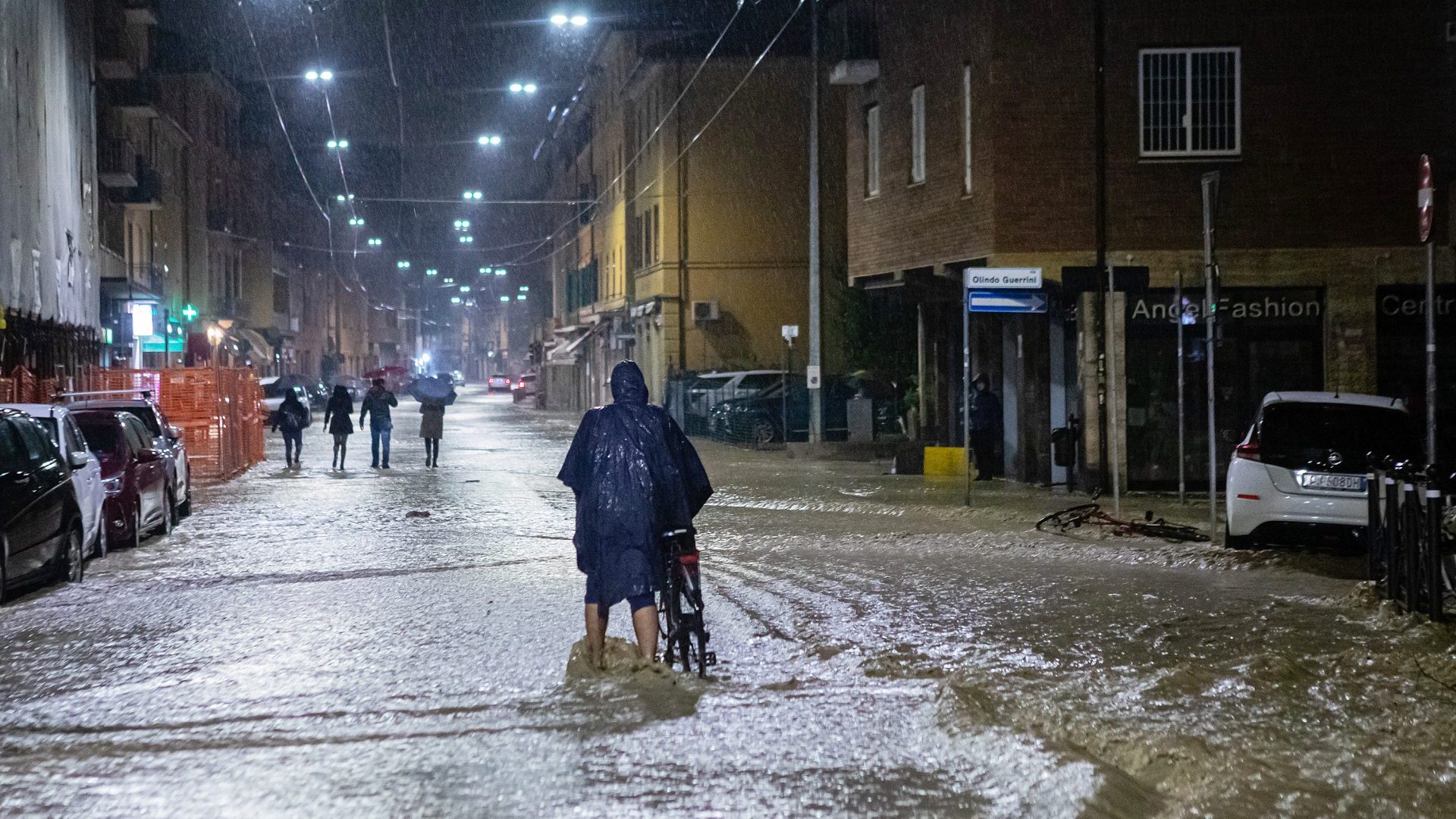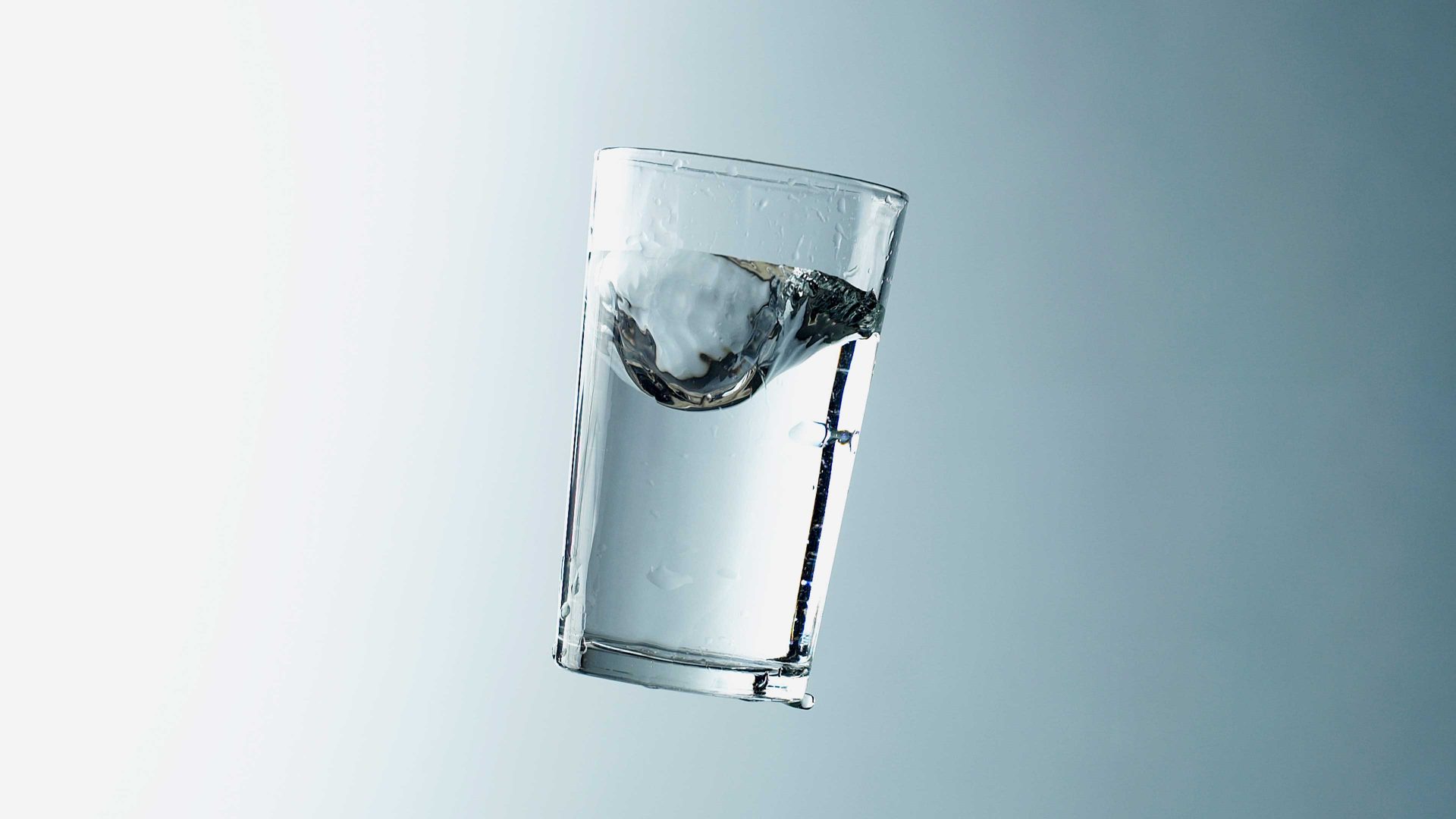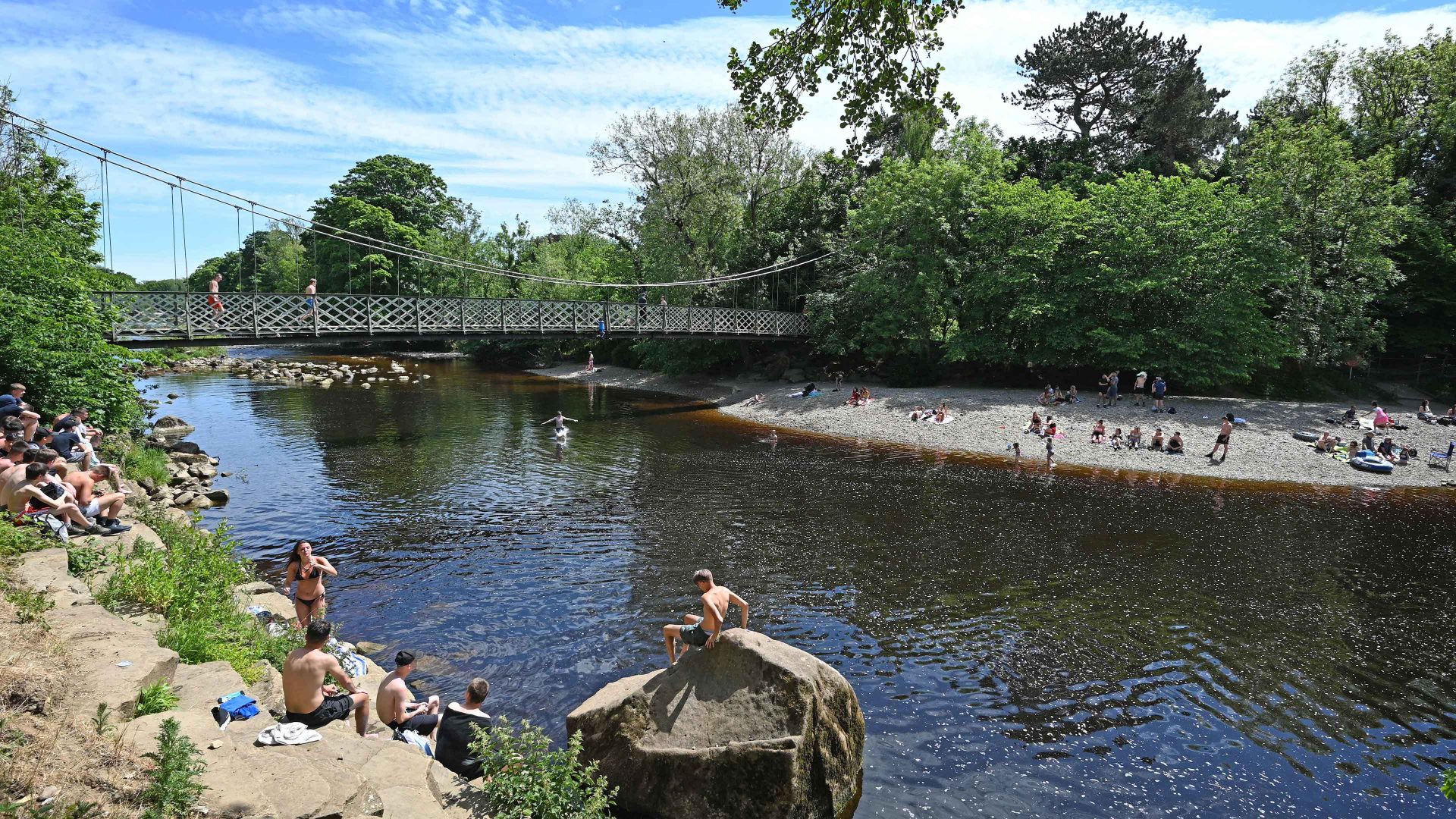Last Sunday morning I woke up to the news that floods had devastated many areas in northern Italy, particularly in the region of Emilia Romagna. My beloved Bologna, the food capital of Italy, was drowning in the waters of the Ravone River.
It was a sunny, warm day in Rome. The contrast between that and the nightmarish conditions in Bologna was a gut punch.
I watched apocalyptic images on television of the flooded streets, of beds floating past, of many desperate, soaked people trying to make their way through the high water. The mud and piles of debris looked as if a tornado had just struck.
One person was killed when their car was swept away in the torrent. I have a lot of friends in Bologna and I started texting them, praying I’d get an answer.
I don’t know why, but for some reason the Tiber River valley and the Eternal City have always been spared flooding. It’s no coincidence that the ancients built Rome here, in this place. I guess the Romans knew what they were doing.
These thoughts made me feel guilty, when I thought about what my friends were going through. They also made me wonder whether there could be more risks in the future.
When huge bodies of water wash into big cities like Bologna, which are crammed with residents and tourists, the effects are terrifying.
Only two months ago I was in Bologna, strolling through the San Mamolo district with its cafes and shops. By the morning of Sunday October 20, San Mamolo had turned into a lake. Homes and trees were sticking out of the water. Motorbikes floated past.
Friends said the streets had become canals, the water waist-high. They saw women and children holding on to lamp posts and gates, entire families in raincoats and boots trying to make their way through the dark, dirty water.
In the worst-hit neighbourhoods of the city, people lost their homes. Boutiques and restaurants now face bills for millions of euros, and a long cleanup before they can think about reopening.
Giovanni, a 45-year-old businessman who owns a small real estate agency right where the river overflowed, told me he would have to wait months before going back to work. His office was entirely destroyed.
“It was hell,” said Giovanni. “I am nearly two metres tall (six foot five) and the water level was almost up to my armpits. I tried to help a woman and child get to safe ground, but at a certain point I was scared we would all slip and fall into the water, getting stuck in the debris.
“When nature goes crazy, and you think you know the element, you actually realise that you have no control over it. And knowing how to swim or keep your breath underwater makes no difference, because you start to panic.”
Anna, who runs a small grocery shop, said she had to throw away all the food supplies in her canteen.
“The vegetables were soaked, I had just gone to the farmer on Saturday to buy fresh produce for my city clients, and now it’s all rubbish, mixed in mud. I had to throw it all away.”
It took Anna and her husband eight hours to clean up the small canteen.
It’s not the first time that floods have hit Bologna, but they have never been this bad before.
Climate change is here to stay, and if the next floods we experience strike Milan, Florence or Rome, things will get even worse.
Silvia Marchetti is a freelance reporter based in Rome




